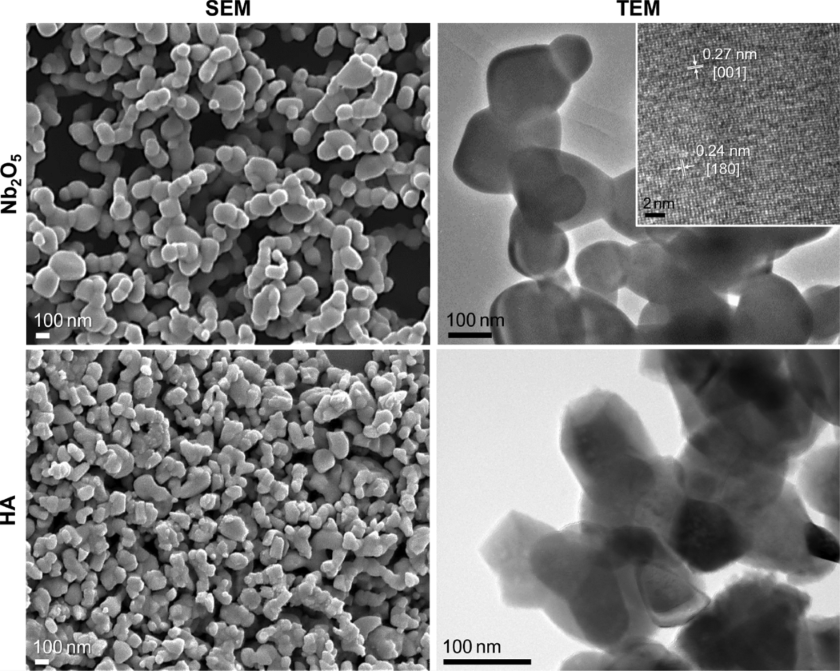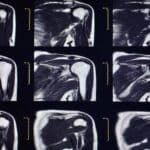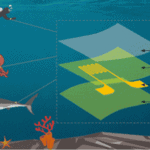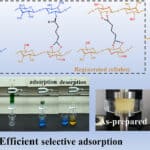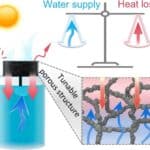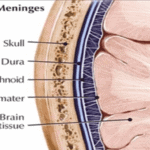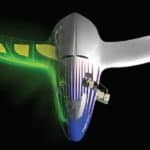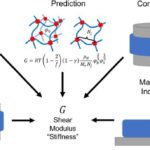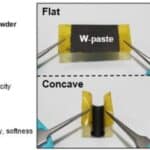Bone quality is often defined as ideal properties of bone including but not limited to high toughness and fracture resistance. It is prioritized when designing effective bone scaffold materials to treat bone defects. Dr. Kathryn Grandfield and her team from McMaster University in collaboration with the Federal University of Pelotas looked into the development and fabrication of bone scaffolds by combining the unique technology of electrospinning and the incorporation of particles into a biopolymeric matrix. Along with testing for bone quality, the researchers reviewed the morphology, chemical and biological properties of the engineered membranes, paying attention to cell adhesion and proliferation.
Polycaprolacone (PCL) and gelatin (GL) were chosen as materials for electrospinning due to their previous success in biomedical application and demonstrated improved cell migration and proliferation. Hydroxyapatite (HA) adds to the overall biocompatibility, bioactivity and bone chemical similarity, while niobium pentoxide (Nb2O5) has been shown to interact well with the human body. Images above show the SEM and TEM images of the Nb2O5 and HA particles successfully synthesized by the team.
A tensile test conducted by the CellScale UniVert revealed the tensile strength, Young’s Modulus and Elongation at Break of the membranes. The results indicated that although there were no statistically significant differences between the membranes with and without Nb2O5 and HA particles, wet and dry conditions of the membranes yielded interestingly different results.
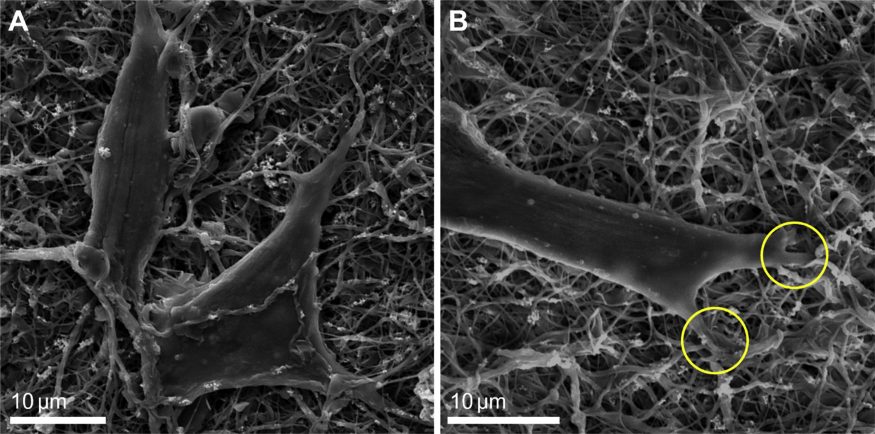
To read the full journal article, click here: https://doi.org/10.1016/j.colsurfb.2019.110386
To find out more about Dr. Grandfield’s research, click here: http://kgrandfield.mcmaster.ca/
To read about nanoparticle addition to chitosan hydrogel for drug delivery applications, click here.

